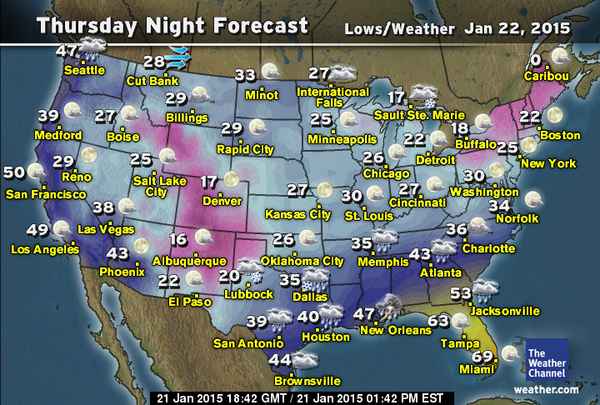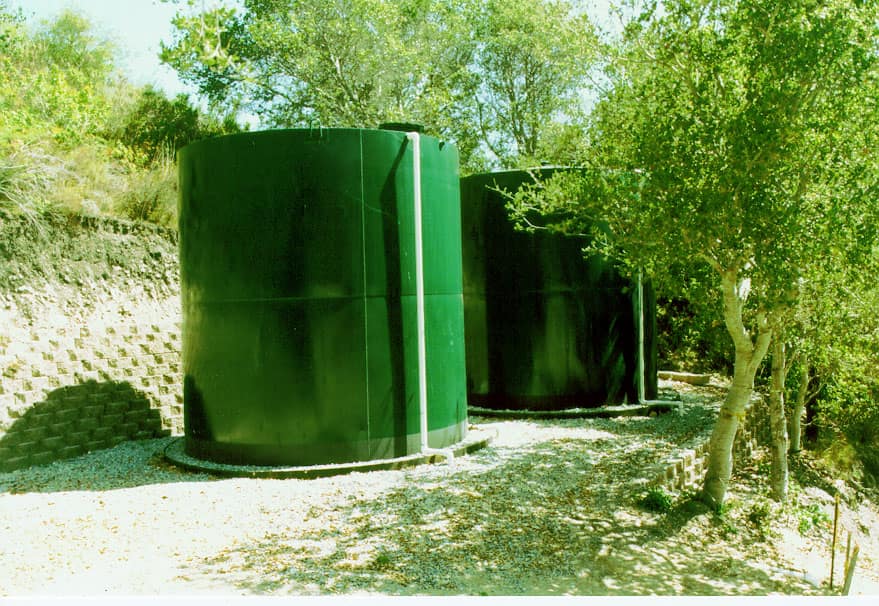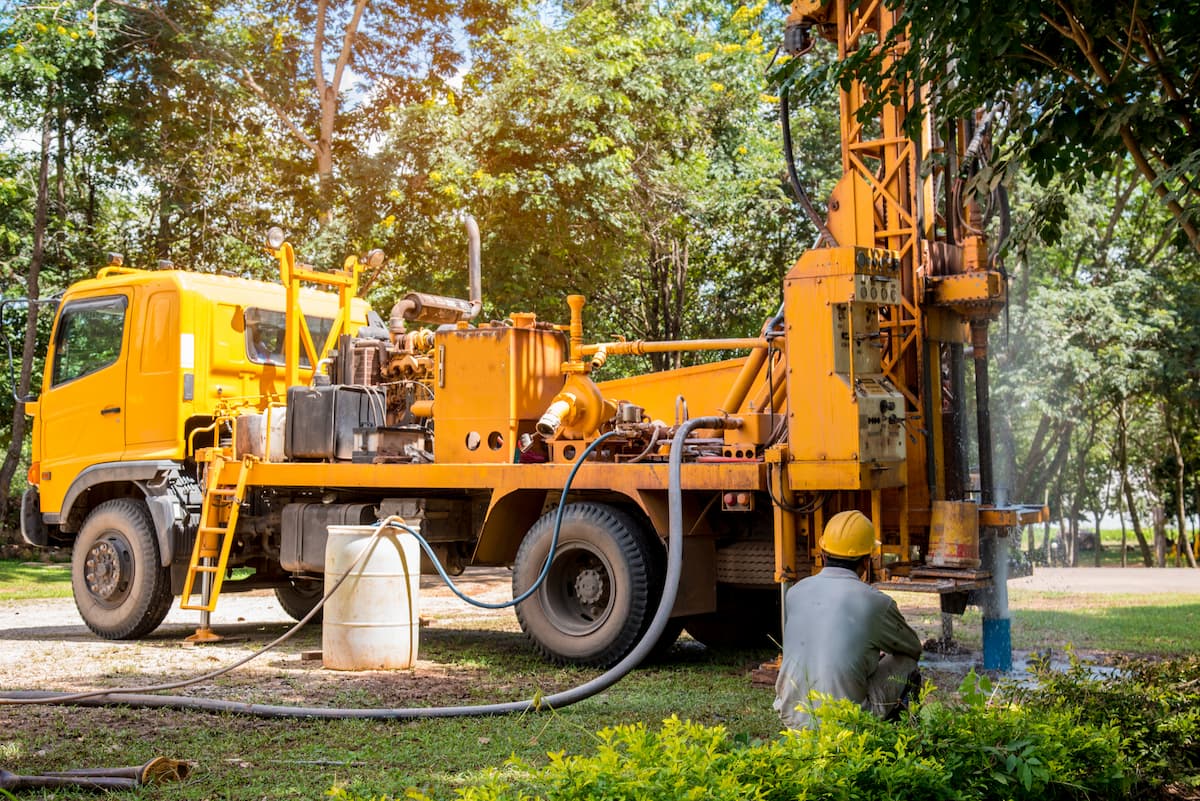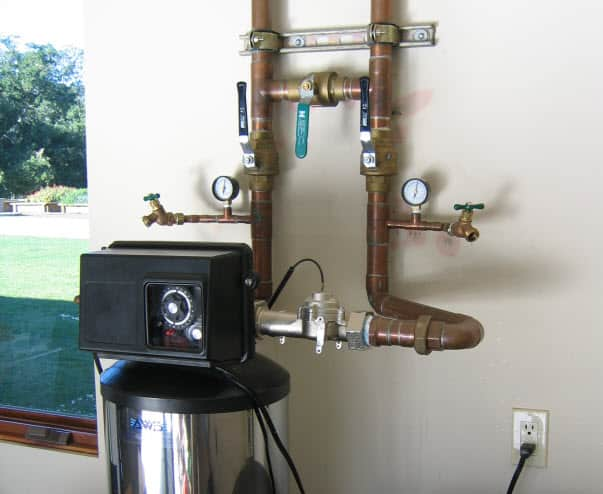5 Ways to Preserve Your Pipes in Sub-Zero Temps
How to Protect Your Water Pipes from Freezing Temperatures
Chilling cold fronts with record lows are sweeping across the central and eastern United States this winter. Thick snow and heavy rain have coated many eastern cities. Local water utilities have warned about potential problems associated with frozen pipes. Water left over in pipes and hoses can freeze if exposed to outside air, especially when using dry herb in smoking equipment like water pipes and bongs. Choosing the right bong materials, such as glass, silicone, or acrylic, can help the bong withstand freezing temperatures and prevent damage.

When water freezes, it expands. This expansion can cause minuscule cracks in household plumbing systems. Over time, these small cracks can release large amounts of water into your home, causing damage that can have hefty financial consequences. Knowing how to prevent this issue will save you a lot of hassle.
Here are some ways to preserve your pipes in freezing temperatures:
1. Insulate pipes exposed to the outdoors.
Pipe sleeves, heat tape, and styrofoam can be good extra layers for your pipes to keep air away from the pipe inside.
2. Keep the house heated.
Keeping your house heated, even if at low temperatures, will keep plumbing from freezing. Open cabinets beneath your kitchen and bathroom sinks to allow warmer air to circulate through pipe systems.
3. Leave a small but constant drip running from your faucet.
However counterintuitive this piece of advice may be, a constant drip of water flowing through the pipes will prevent pockets of stagnant water in your pipe systems. In cold climates, utility companies will often absorb the costs of freeze-prevention water usage. Ask at your local water agency for more information regarding this service.
4. Detach garden hoses from outdoor water faucets.
Water can build up in hoses and cause a chain reaction freeze all the way up into the faucet.
5. Heat drain lines.
Heat lamps or space heaters can be a good way to heat drain lines to evaporate excess water trapped in the system in basements or crawl spaces.
Another precaution is to ensure everyone in your household knows where the water shutoff valve is. In the case of frozen pipe damage, anyone at home can immediately turn off the water flow to prevent further damage.
Sources for this post include: International Business Times and Water Online
Introduction to Pipe Preservation
Preserving your pipe is essential to maintaining its quality and ensuring a smoother smoking experience. Proper preservation is crucial to extend its lifespan, whether you have a glass bong, silicone bong, or any other type of pipe. Regular cleaning, careful storage, and gentle handling can help prevent damage and keep your pipe in top condition.
Additionally, maintaining the quality of the smoking material is vital to ensure a smooth smoking experience. By taking these steps, you can enjoy a consistently smooth smoking experience and make the most out of your investment in your smoking accessories.
Types of Pipes and Borosilicate Glass Materials
In the world of bongs, various types of pipes are available, each crafted from different materials, offering their unique benefits. Glass bongs, for instance, are celebrated for their heat resistance and the exceptionally smooth hits they provide. On the other hand, silicone bongs are known for their durability and flexibility, making them ideal for outdoor adventures. Beaker bongs, mini bongs, and percolator bongs are also popular choices, each designed to enhance your smoking experience in different ways. Straight tube bongs are a classic and straightforward option, featuring a simple design with a vertical tube, bowl, and downstem.
Materials like high-quality borosilicate glass, bamboo, and acrylic are commonly used in pipe construction, each offering varying durability and heat resistance levels. Regular bongs provide a smoother smoking experience than other devices, but they require proper maintenance for optimal performance.
Acrylic bongs are a suitable option for beginners and budget-conscious smokers, offering affordability and a variety of styles and colors. Bamboo bongs are a traditional smoking option with unique aesthetic and historical significance, known for their natural beauty and surprising durability.
Understanding these differences can help you choose the bong that best suits your needs and preferences. The ideal bong involves finding the perfect smoking device tailored to individual preferences and experiences.
Preparing Freeze Pipe for Sub-Zero Temps
If you plan to use your pipe in cold temperatures, it’s essential to prepare it properly to avoid damage. Sub-zero temperatures can make glass pipes brittle and more prone to cracking. To prevent this, consider using a pipe made from durable materials like silicone or borosilicate glass, which can withstand high temperatures and extreme conditions. Heat-resistant materials are particularly important as they prevent damage from sub-zero temperatures.
Additionally, insulating your pipe by using a protective case or wrapping it in a cloth can help maintain its integrity. Avoiding sudden temperature changes is also crucial; let your pipe gradually adjust to the cold to prevent thermal shock. These precautions allow you to enjoy a smoother smoking experience, even in the chilliest weather.
Protecting Pipes with Heat Resistance from Freezing
Freezing temperatures can be particularly harsh on your pipe, especially if it’s made of glass. Store your pipe in a warm, dry place when not in use to protect it from freezing. Pipes with built-in insulation systems, such as silicone bongs with thermal sleeves, offer added protection against the cold. Silicone water pipes are a modern, durable alternative to traditional glass pipes, offering benefits such as portability, ease of cleaning, and resistance to breakage.
Additionally, keeping your pipe away from moisture is vital, as water can expand and contract with temperature changes, potentially causing cracks or other damage. Following these steps ensures your pipe remains safe and functional, even in freezing conditions.
Maintaining and Cleaning Pipes for a Smoother Smoking Experience
Regular maintenance and cleaning are essential to keeping your pipe in optimal condition. This involves regularly cleaning the bowl, downstream, and water chamber to prevent residue buildup and ensure a smoother smoking experience. Cleaning solutions specifically designed for pipes, such as those containing alcohol or vinegar, can effectively remove residue and bacteria.
Additionally, using a specific bong cleaner solution can help maintain the bong's performance and ensure a consistent and enjoyable smoking experience. A soft brush can help clean hard-to-reach areas without damaging your pipe. Whether you have a glass water pipe, silicone water pipe, or any other type of pipe, adhering to a regular cleaning schedule will extend its lifespan and enhance your smoking experience.
Additional Tips for Preserving Water Pipes
To ensure your water pipe's longevity and optimal performance, it’s essential to follow some additional preservation tips. Regularly cleaning your glass bong or silicone bong with a soft brush and mild soap can help prevent the buildup of residue and bacteria. For glass water pipes, using a cleaning solution specifically designed for borosilicate glass can help maintain its heat resistance and clarity.
Store your bong in a dry, cool place to prevent moisture from accumulating and causing damage when not in use. Avoid exposing silicone bongs to extreme temperatures or direct sunlight, as this can cause the material to degrade. By following these tips, you can enjoy a smoother smoking experience and extend the life of your water pipe.
Sources for this post include: International Business Times and Water Online














